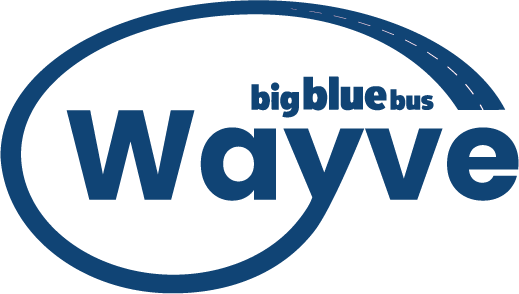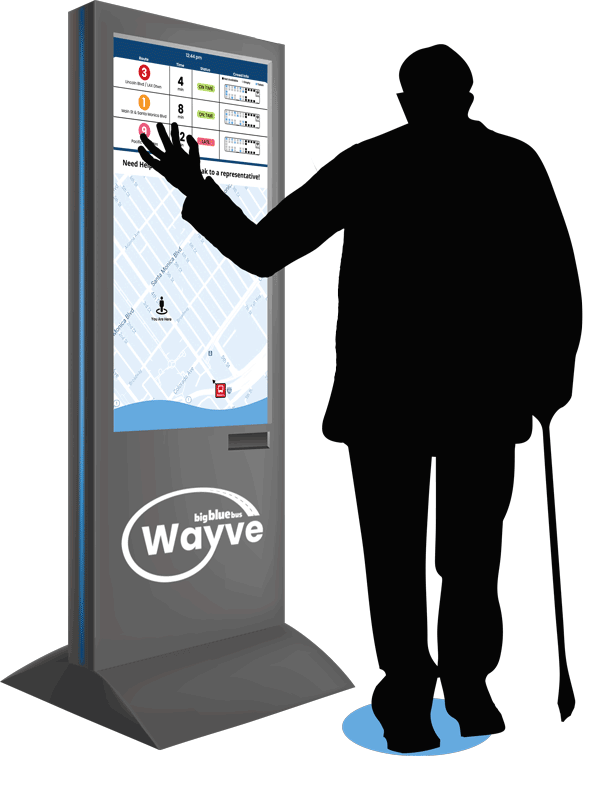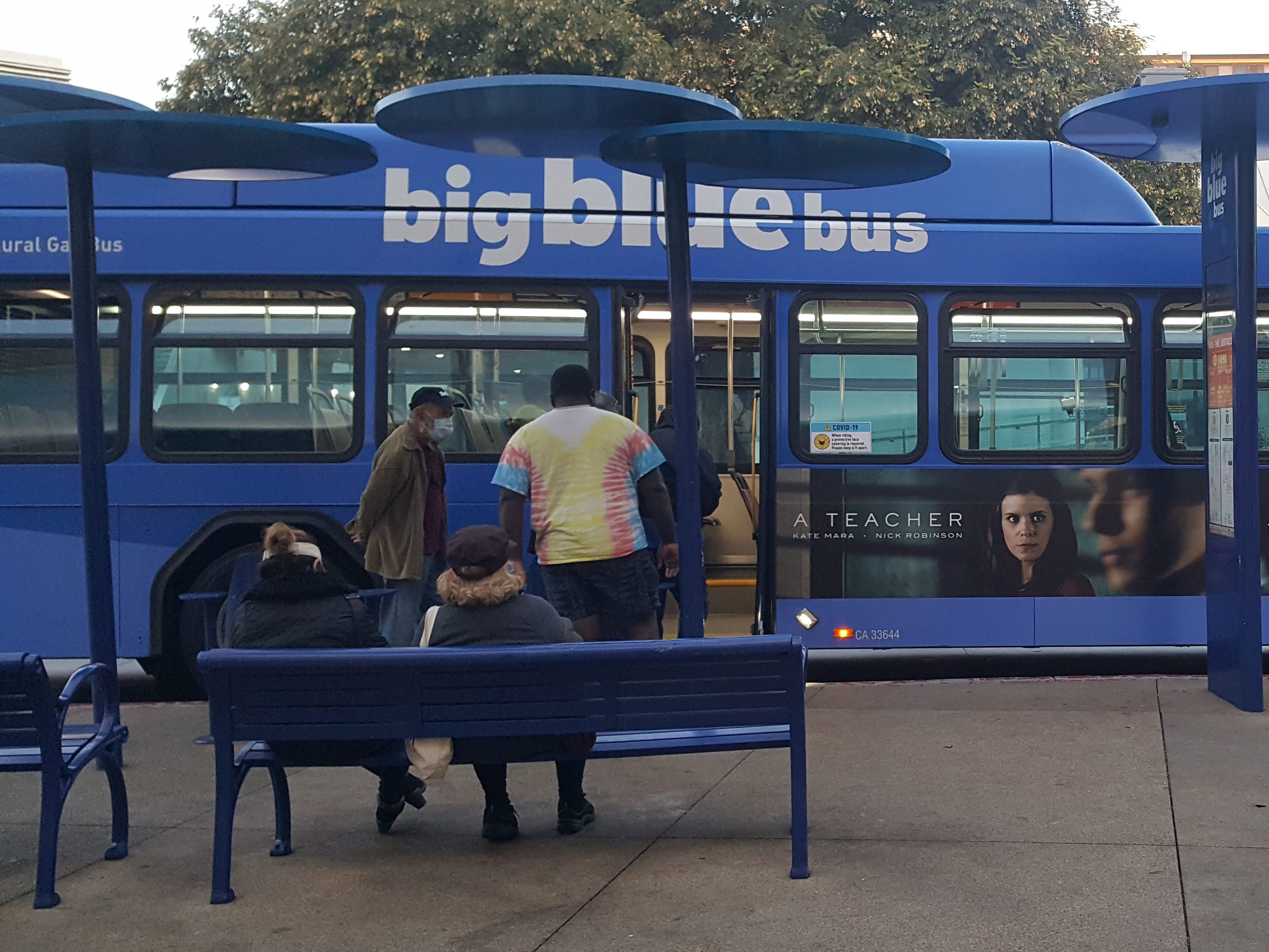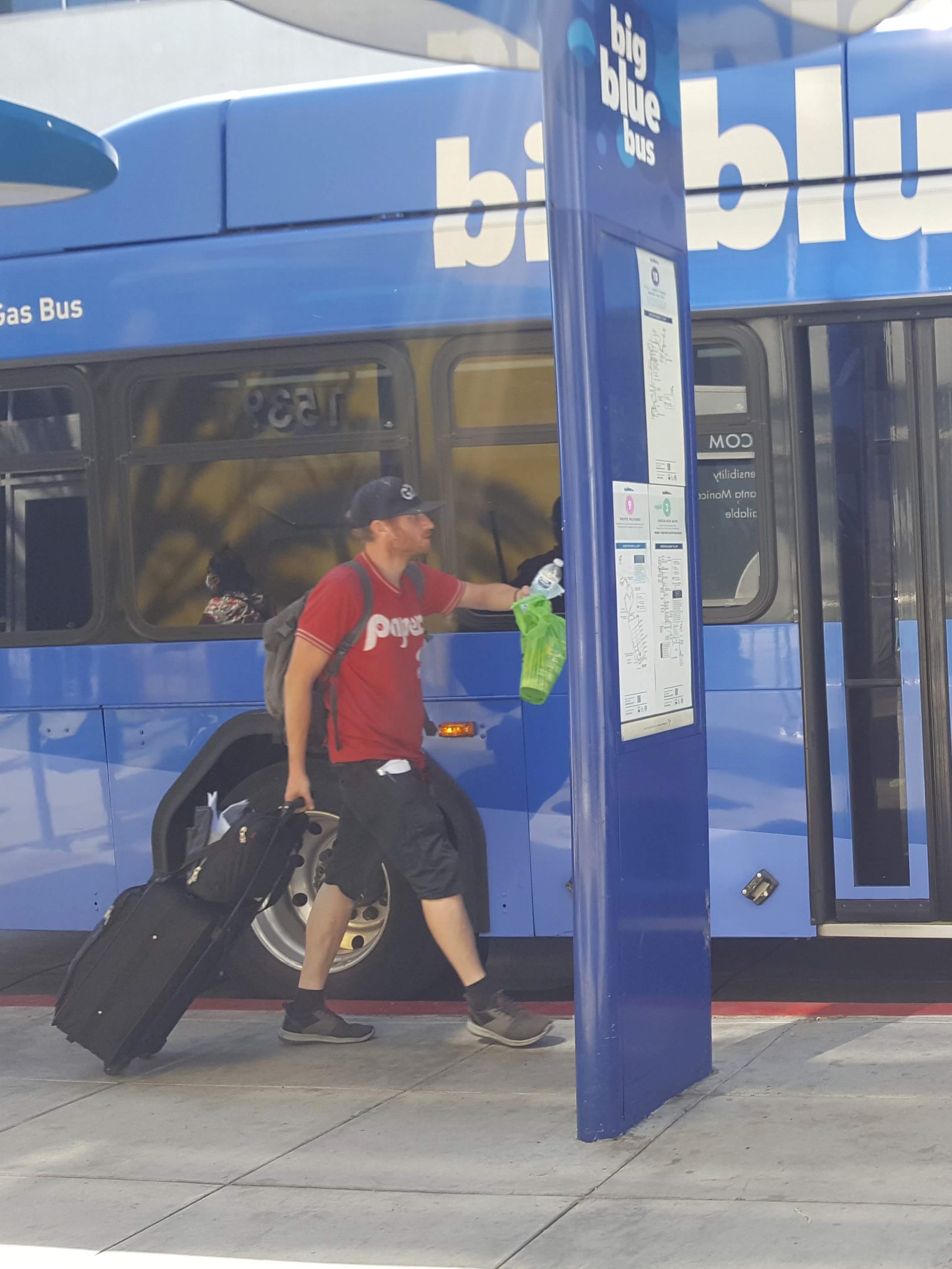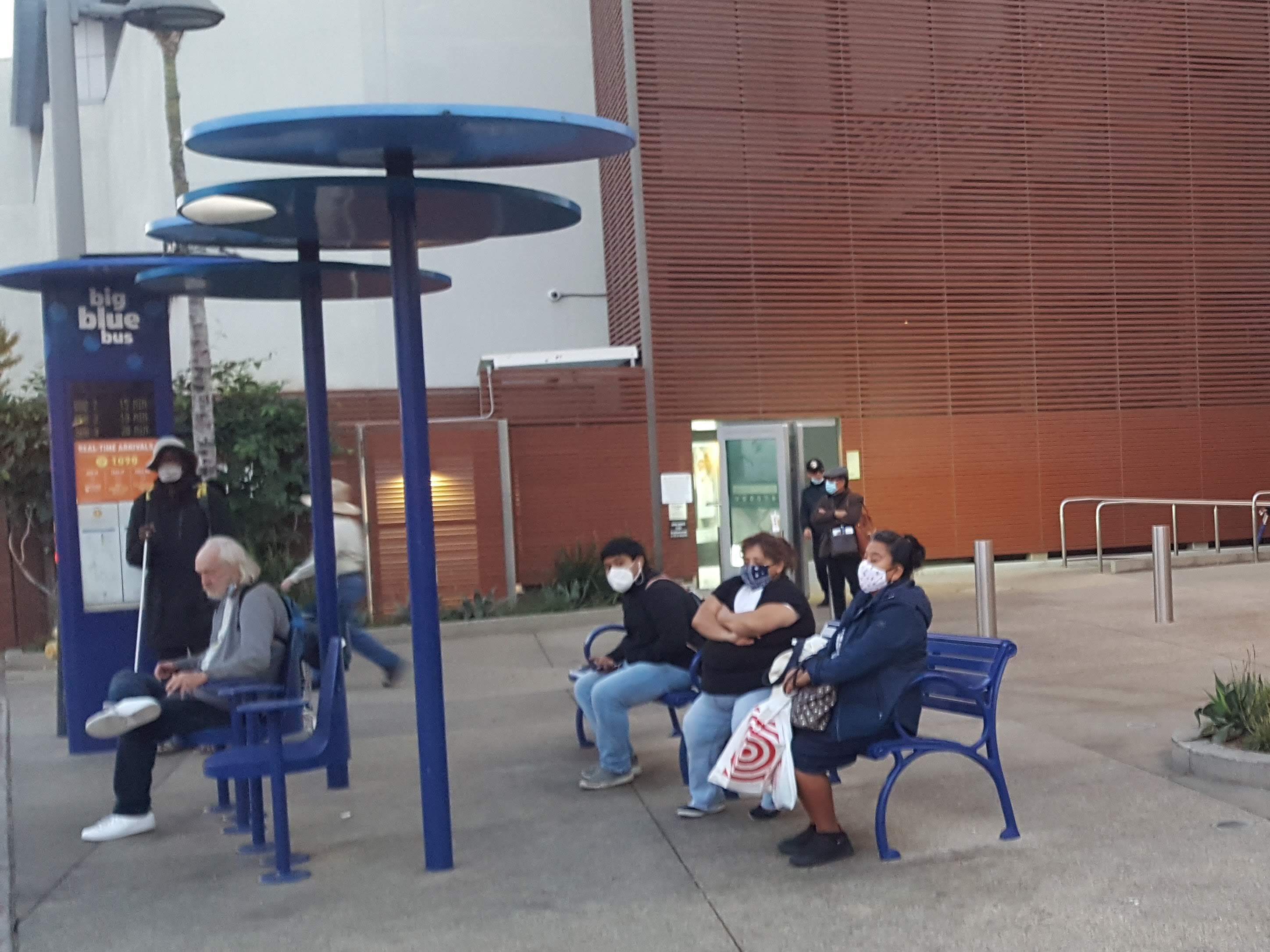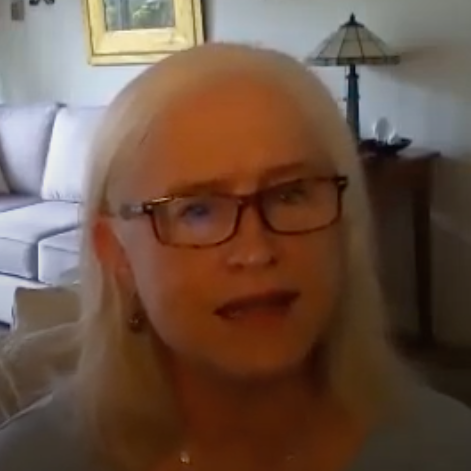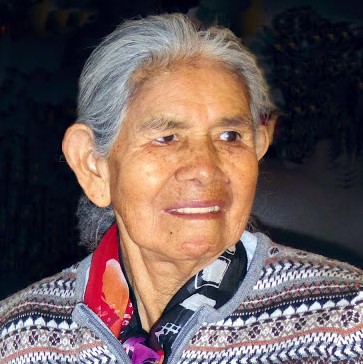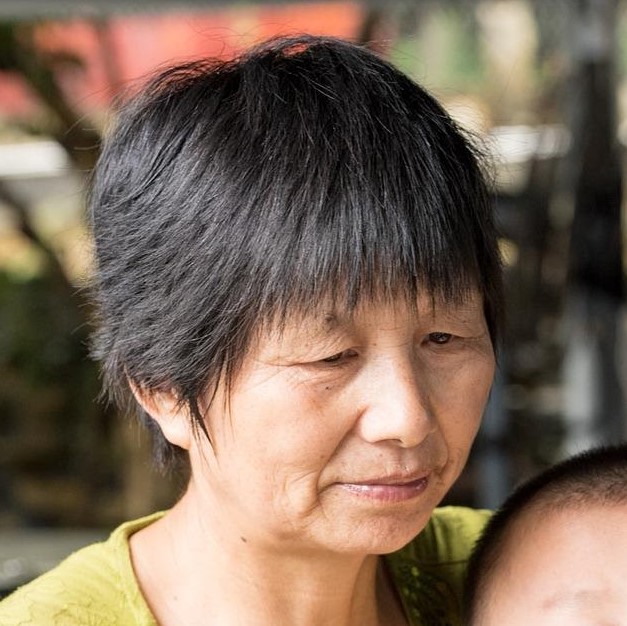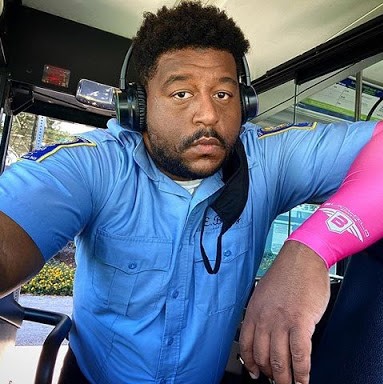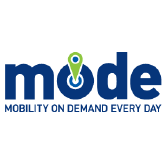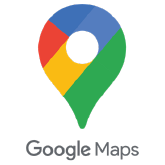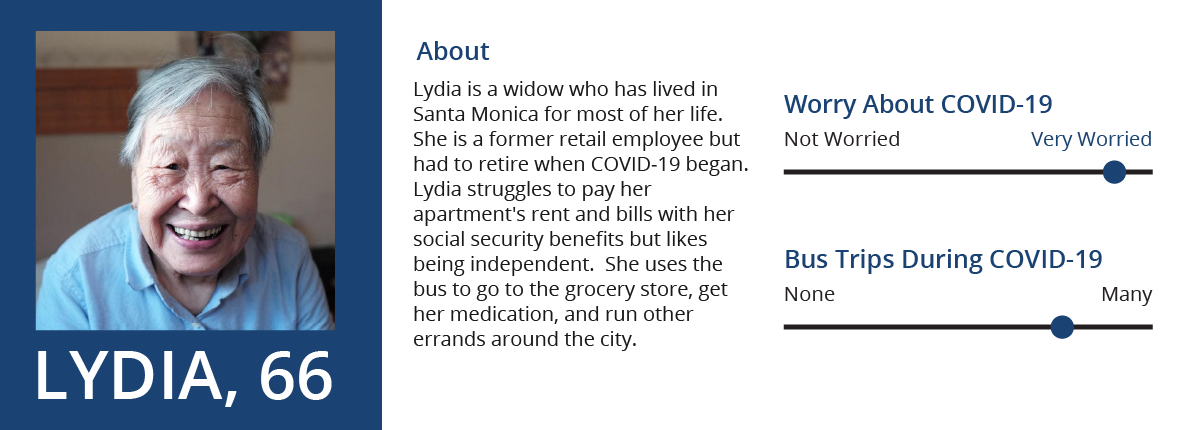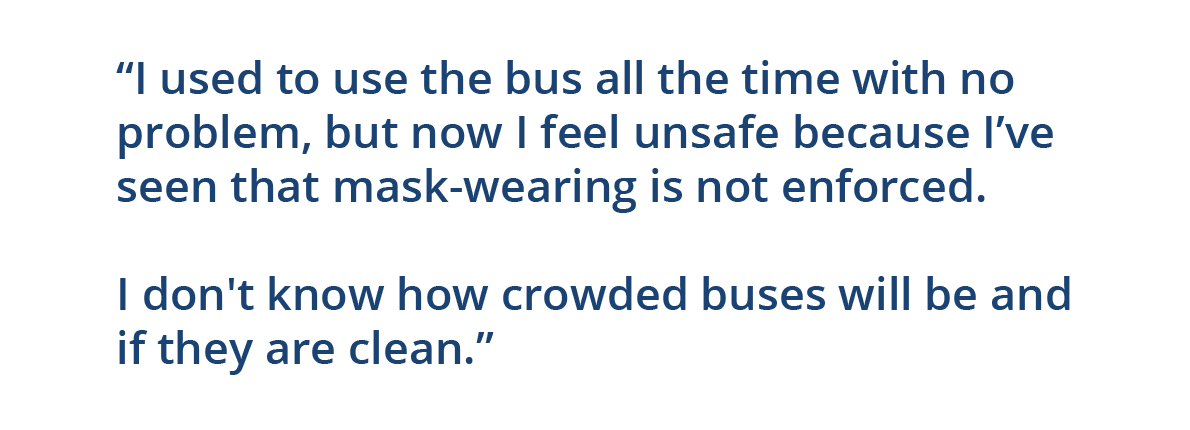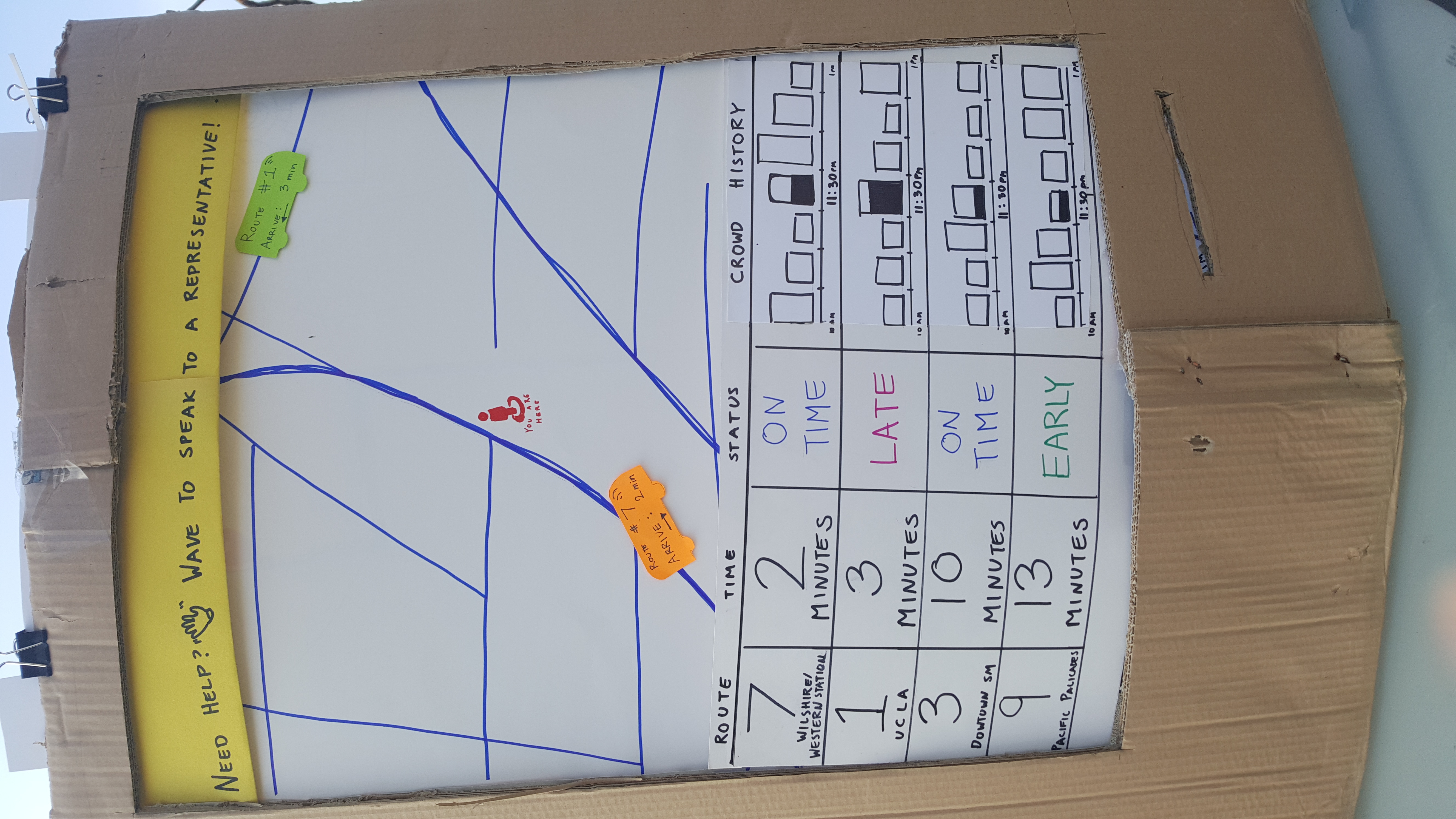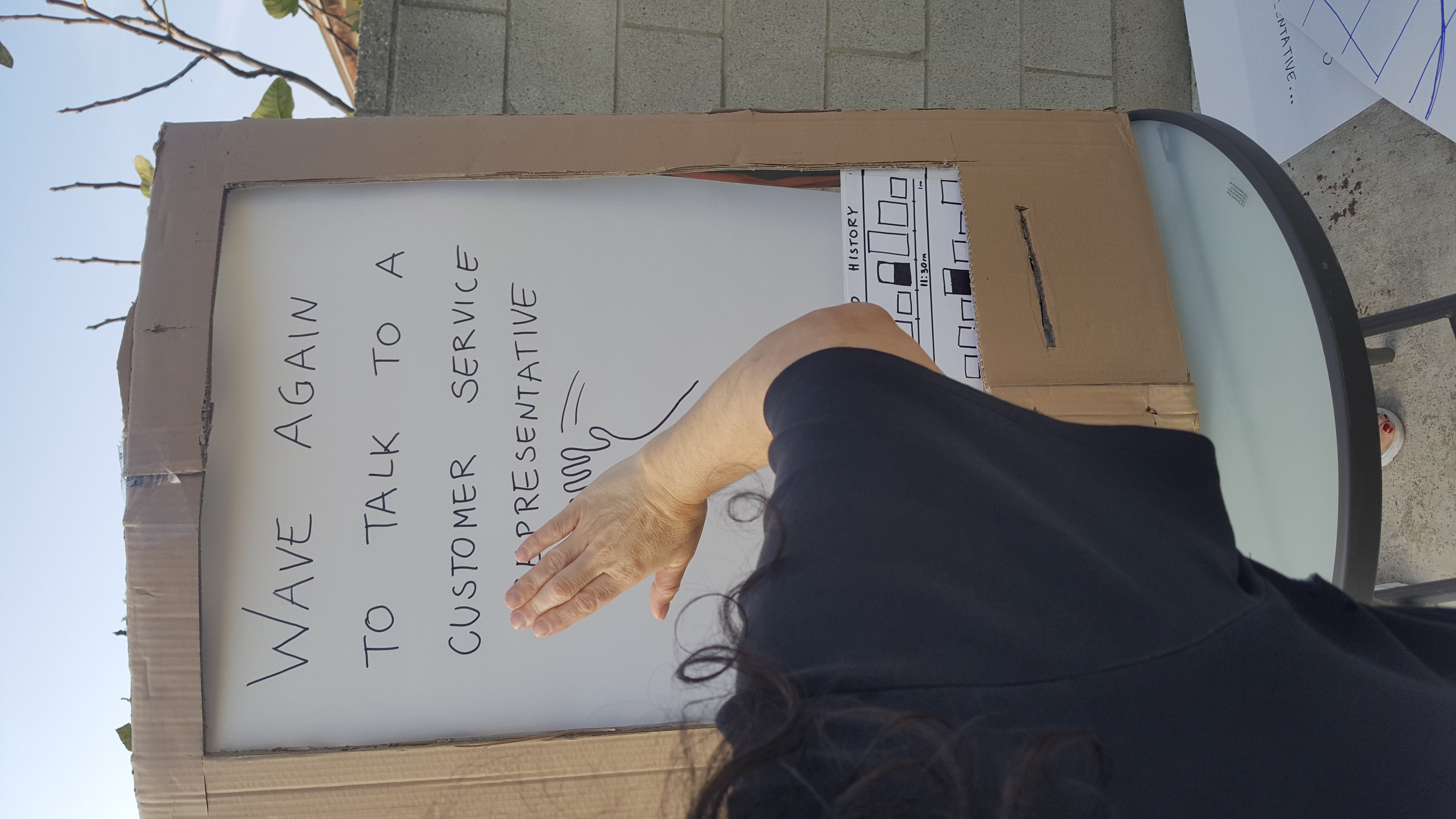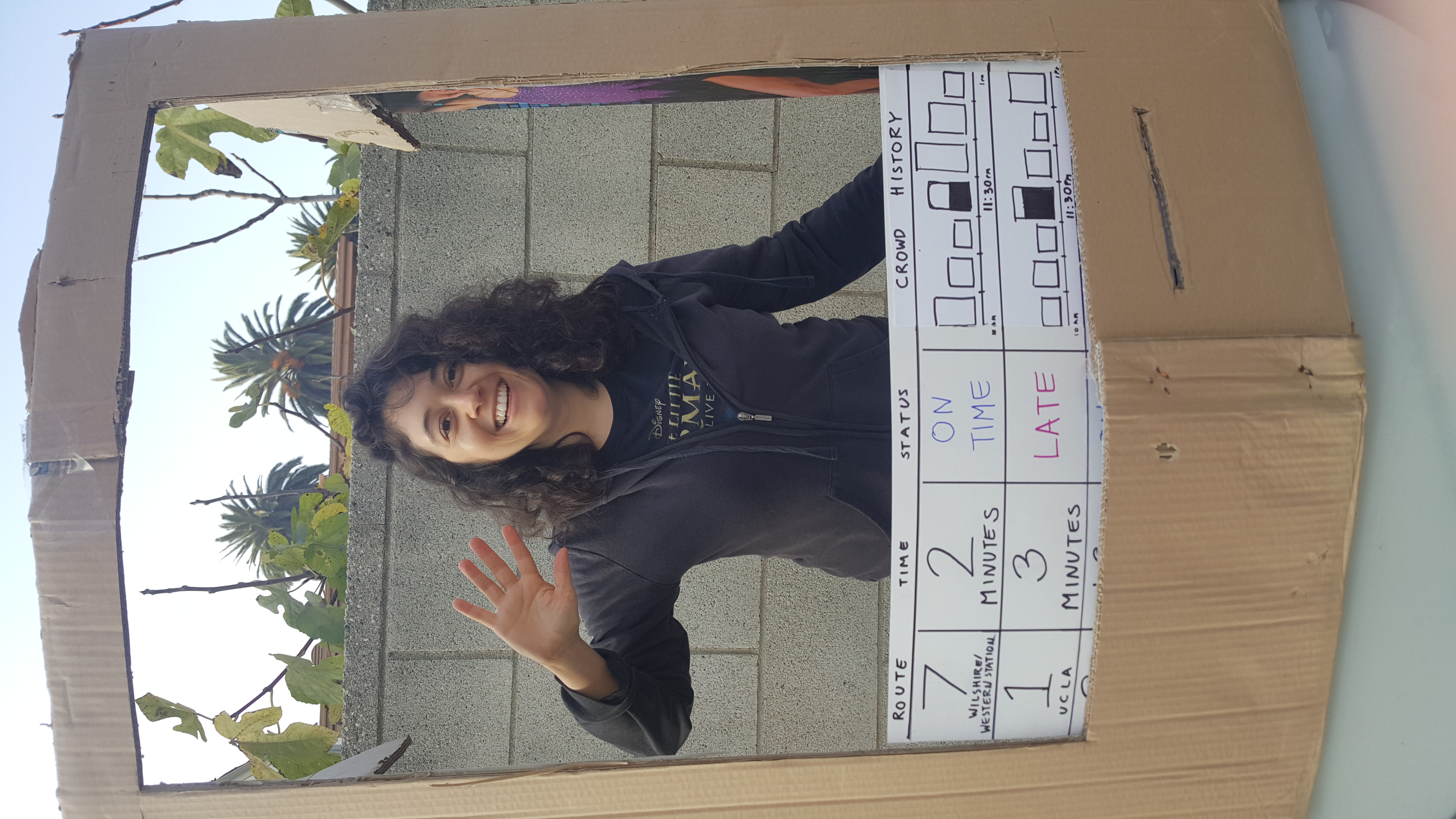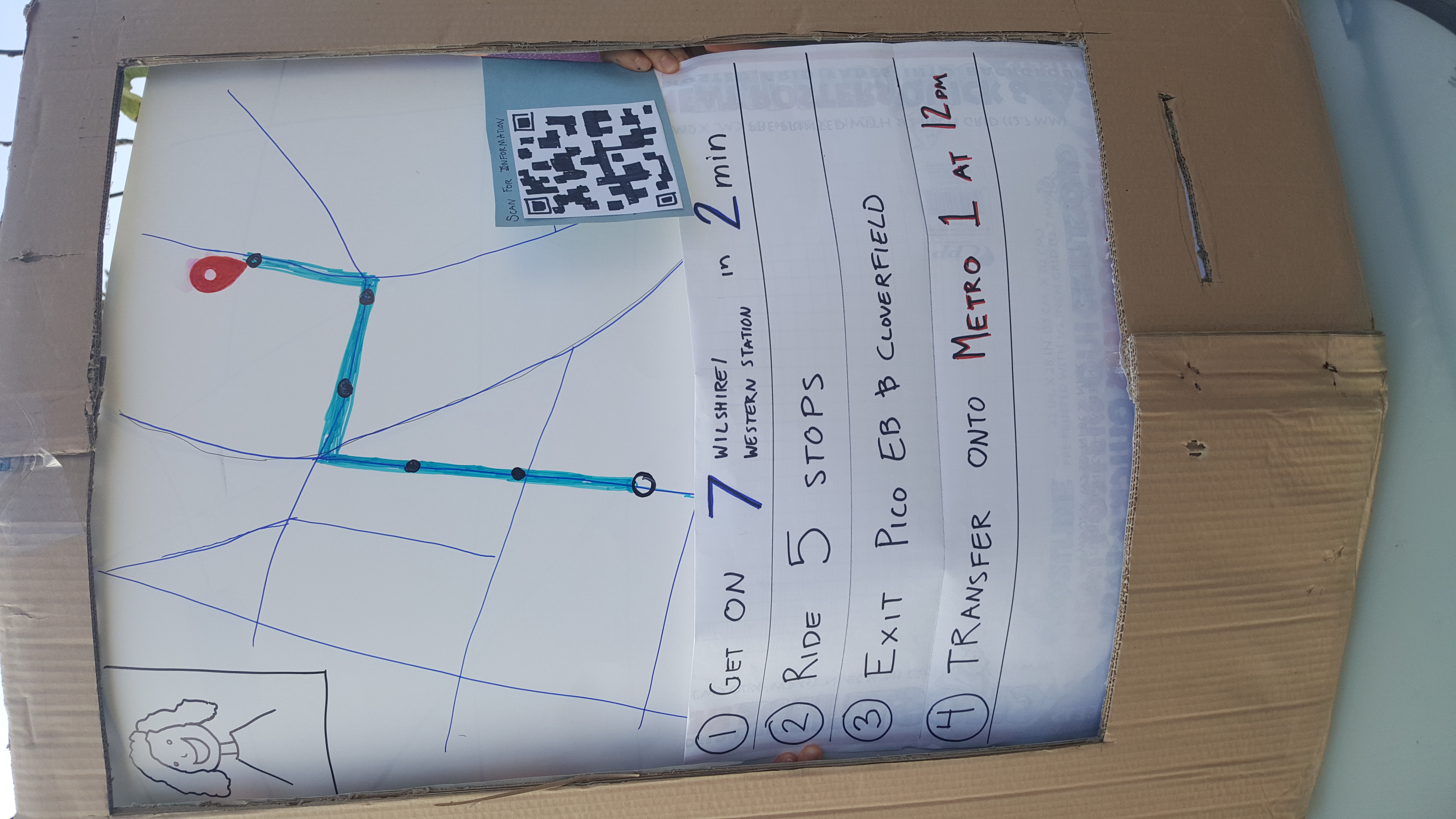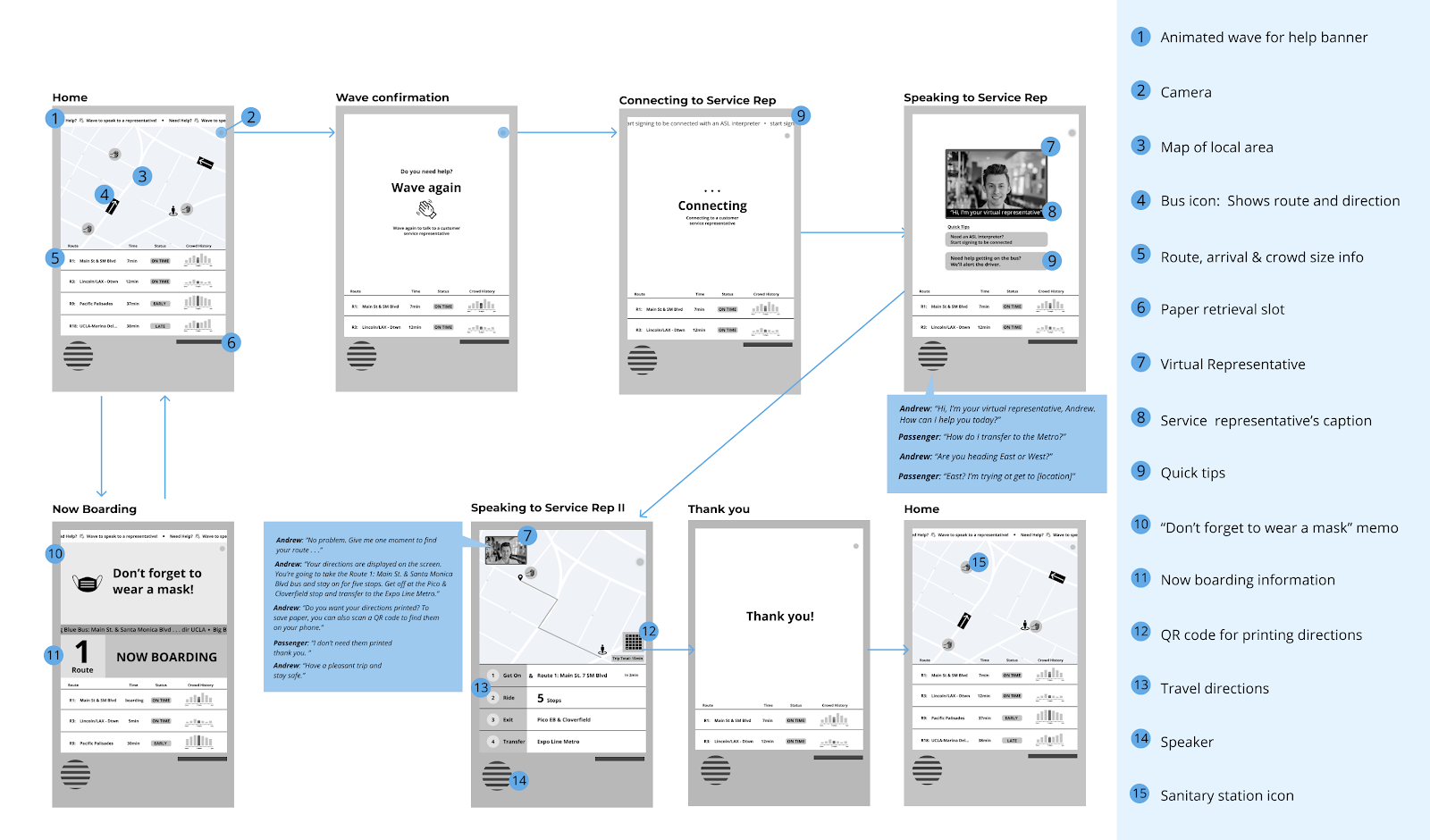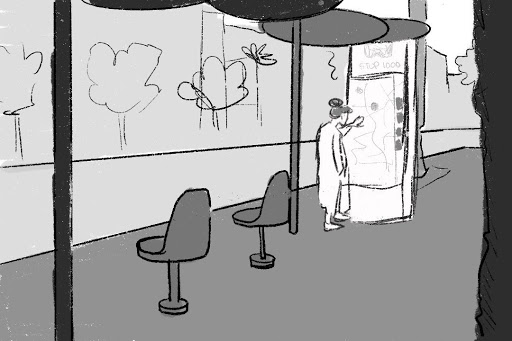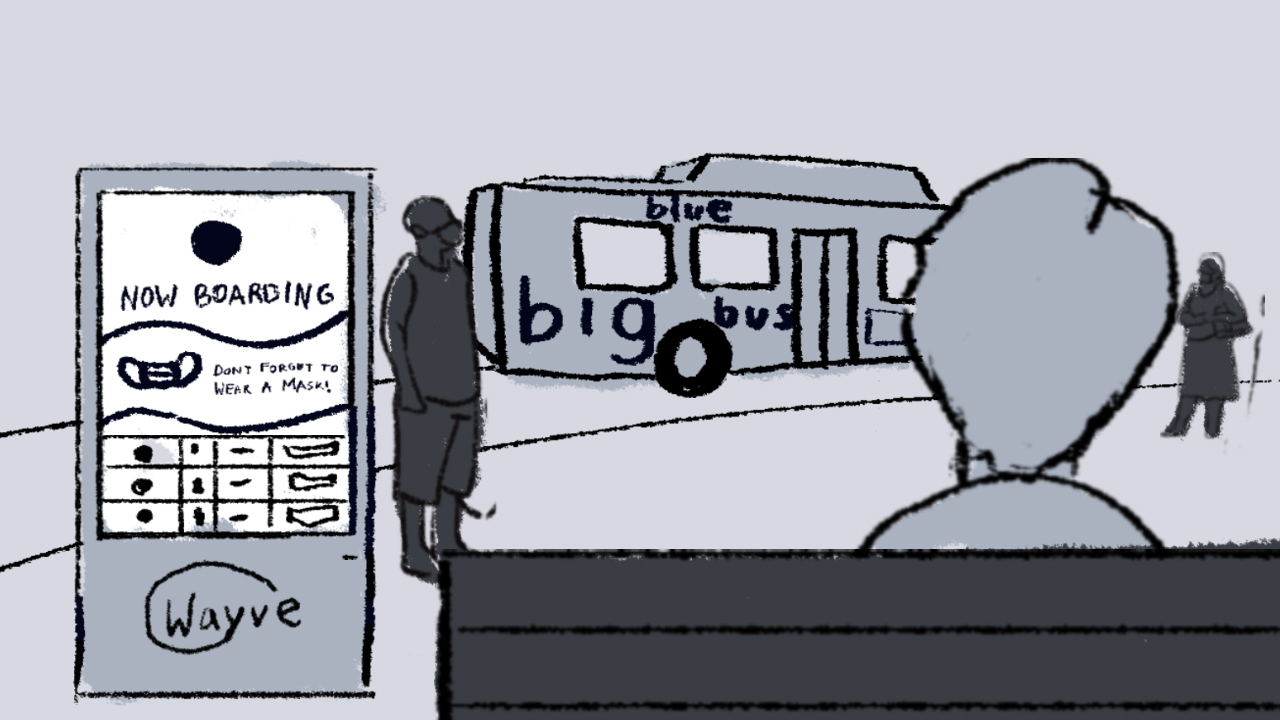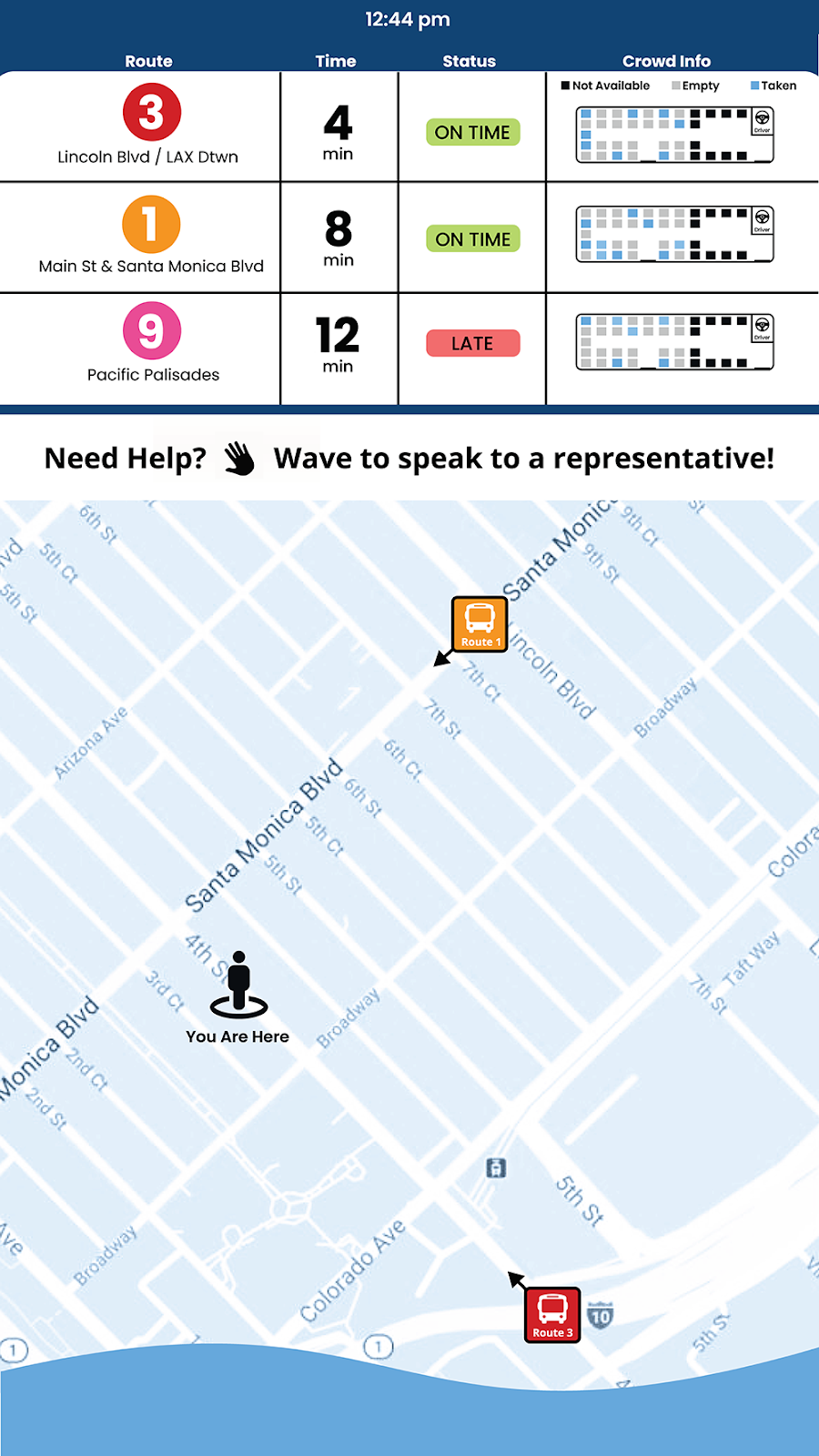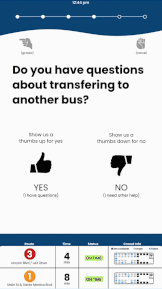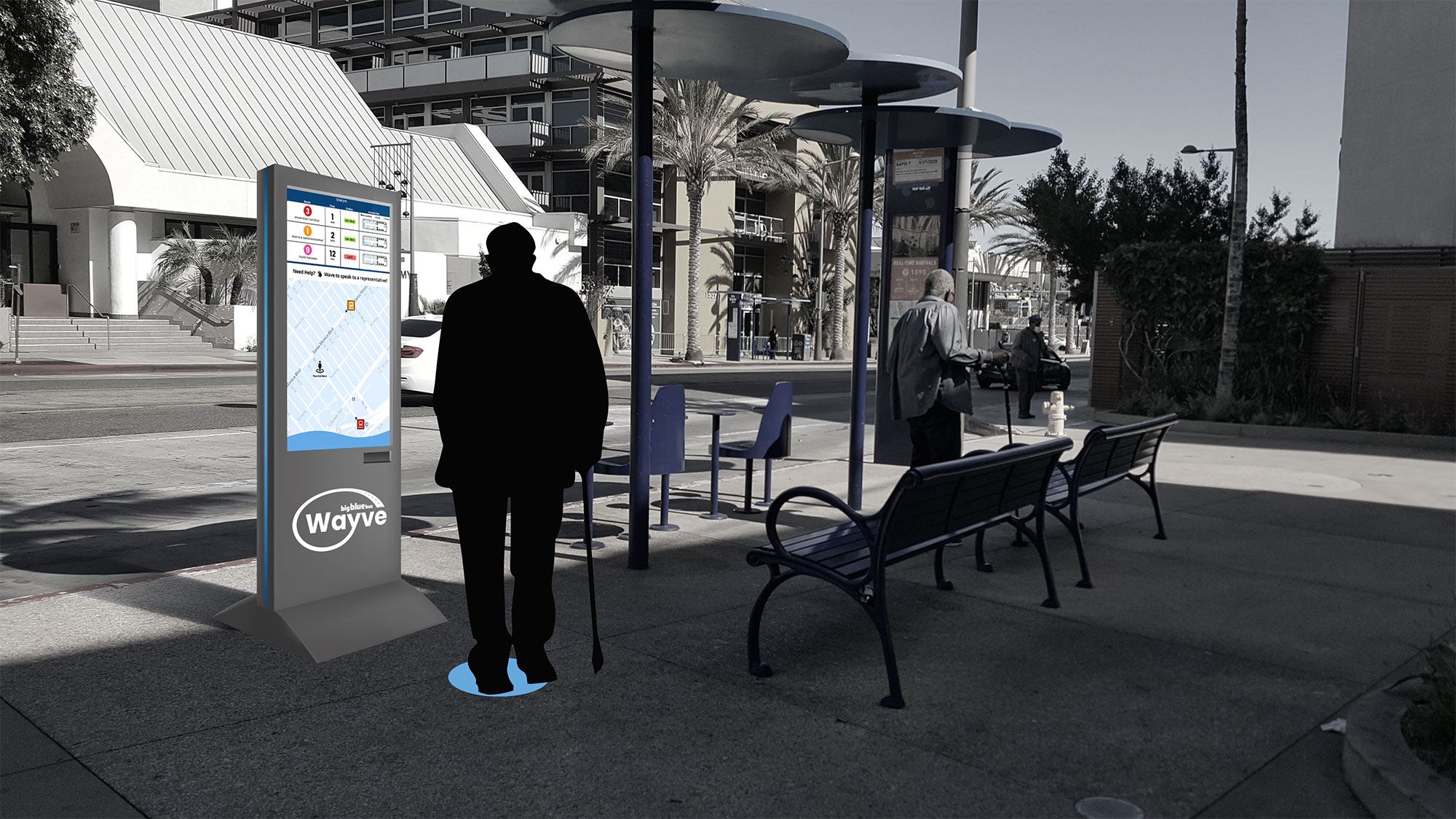Understanding
Problem
The Promenade is a pedestrian mall and transportation hub where the Metro Rail and the Big Blue Bus system meet. Due to COVID-19 there is a communication gap between elderly passengers and the bus. They have difficulty communicating with bus drivers and accessing information without the use of a smart phone.
Insight
Older Santa Monica residents (55+) are frequent bus riders, but the inconsistent enforcement of COVID-19 mandates adds anxiety and uncertainty to their trips. COVID regulations make it hard for passengers to communicate with drivers. They tend to rely on posted signs for navigation instead of smartphones.
Solution
The Wayve travel information kiosk displaying a map of stop-specific bus information, so older passengers at the stop can easily see approaching buses, arrival status, and crowd information. Wayve also allows passengers to request disability access to a bus, and speak to remote representatives. Passengers will interact with Wayve at the bus stop through a gesture controlled interface. They might use it to ask for help finding a transfer or use the kiosk to see real-time, up-to-date information about approaching buses. Wayve eases the communication gaps caused by COVID mandates allowing older riders to access the information they need with a touchless interface.
